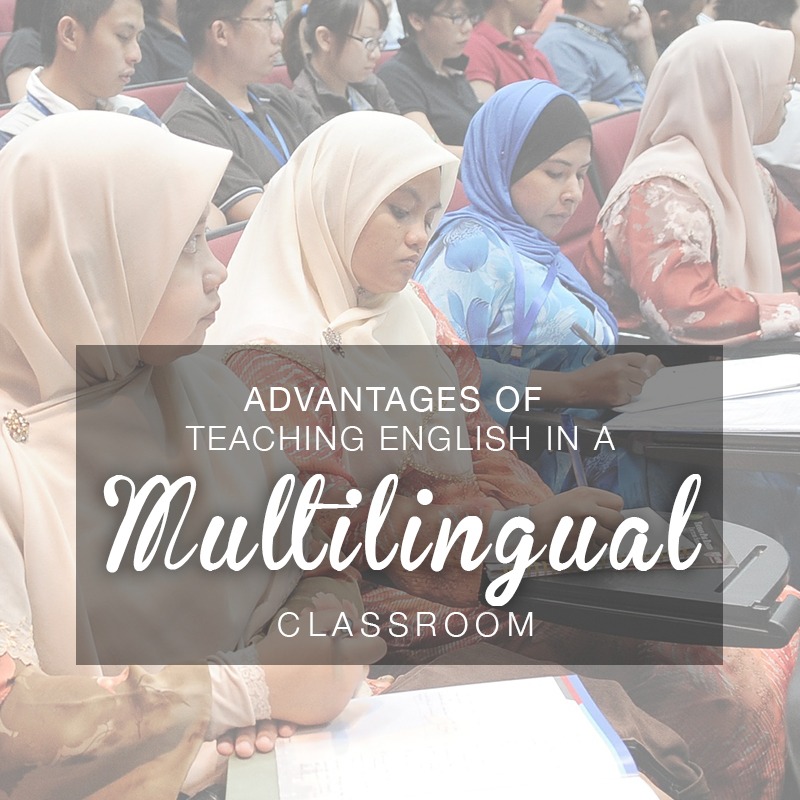Have you ever wondered what kind of students you’ll be working with once you have your TEFL certification and are teaching English, either at home or abroad? While you may teach adults or children, and you’ll probably work with a range of levels, another consideration is whether you’ll teach English in a monolingual or a multilingual classroom.
Get more tips on how to teach kids English.
The Monolingual Classroom
Don’t let the jargon put you off. A monolingual classroom just means the students all share the same mother tongue. For example, imagine you get a job at an English language school in Mexico. Your students are locals, and the majority of them are from Mexico. You may have some students from neighboring countries, but all students will still speak Spanish, so this class is monolingual.
The Multilingual Classroom
A multilingual class, on the other hand, is one with a mix of students from various countries who may all speak different languages. For example, if you get a job at a language school in the U.S., you might teach local residents as well as students who have come from abroad to study English in an immersive setting. Your multilingual class, therefore, could have students from the Middle East, Europe, Asia or any region.
What issues will I have to consider in a multilingual classroom?
Since most TEFL-certified teachers are trained for jobs in monolingual classrooms, let’s take a look at the challenges you will face in a multilingual setting, and how each can actually be an advantage.
Browse TEFL courses online.
There is no common first language among students in a multilingual classroom.
Students in a multilingual classroom can’t chat in their first language or turn to their classmate to clarify a grammar point or define a vocab word in their mother tongue. All communication has to be in the common language—English. While more challenging, this is great practice for students!
Cultural experiences of students differ.
The fact that students come from vastly different countries and cultures makes for great conversation starters in class. As the teacher, you can use culture as a springboard to introduce class topics like worldwide holidays or food vocabulary or otherwise stimulate the class with new perspectives.
Students in a multilingual class are making different mistakes in structure and pronunciation.
Students in a monolingual classroom often understand each other not because they speak correctly, but because they all make the same mistakes. For example, a classroom of Chinese students may all struggle with the “r” sound in English, so they understand their classmate when he mispronounces words with “r.” However, if that same Chinese student is in a multilingual classroom, he will need to pronounce “r” words so that everyone in the room understands him. This has the potential to make all students in the class better speakers and listeners.
Students have different learning styles.
Learning styles can differ from one culture to the next, too. The mix of students in a multilingual classroom means you’ll have students from cultures where the teacher’s role is to lecture and give tests, mixed with students from cultures where students are encouraged to actively participate in class. Pair work and small groups made up of students from different cultures can be the perfect opportunity for students to get out of their comfort zone and try a new approach to learning English.
Once you are a TEFL-certified English teacher, your career can lead you in many directions, including monolingual or multilingual classrooms at home or abroad. Making the most of the unique issues you and your students will face in a multilingual classroom will help to make you an engaging and effective teacher. Not yet certified? Explore options for TEFL certification or request more information!










